Yoga Instruction
Private & Group Class Instruction
Over 3 decades of yoga instruction fusing Astanga, Vinyasa Flow, Bikram, Iyengar and Regular Flow styles.
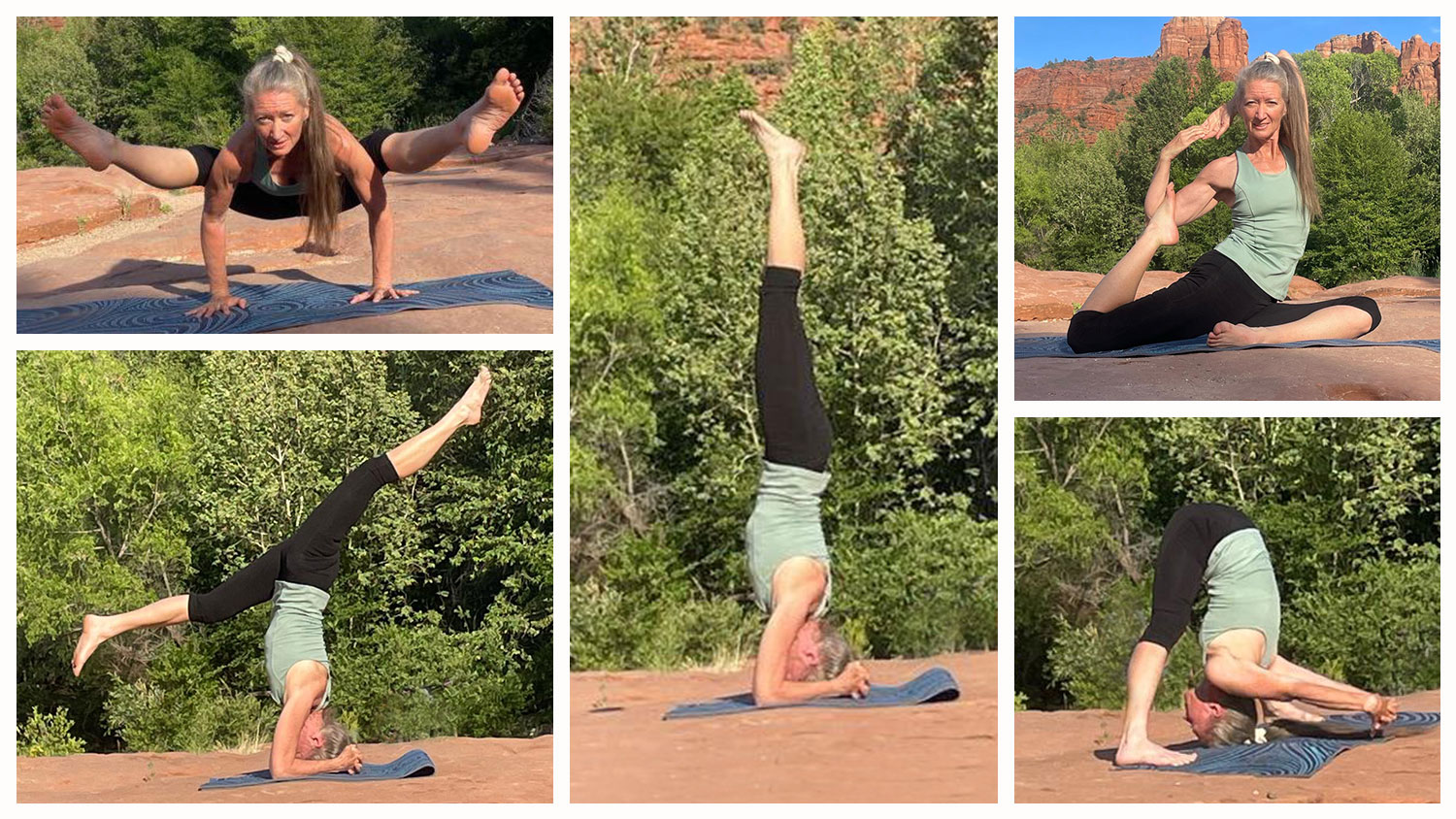
Private Yoga Instruction
In Sedona, or in the comfort of your home, designed around your goals.
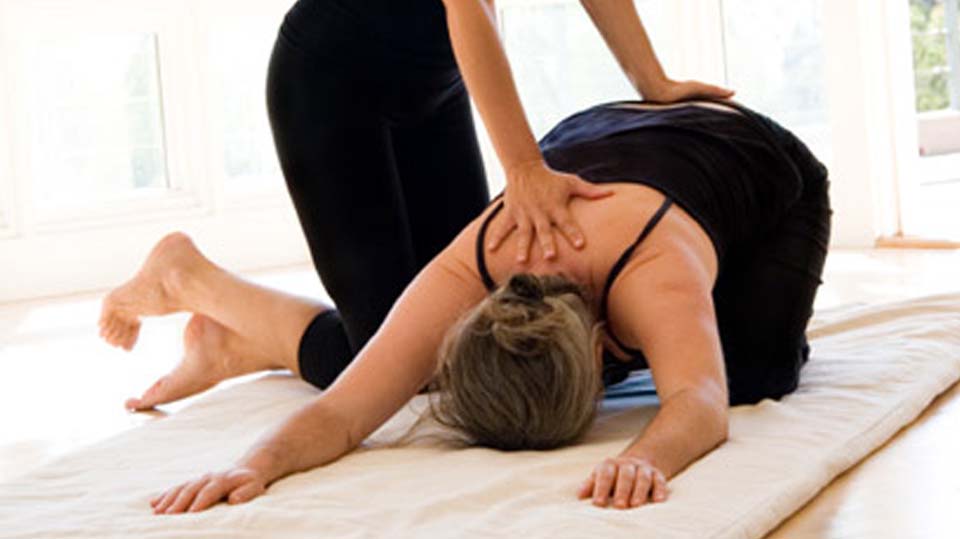
A private yoga class designed for your specific needs and abilities is the safest & easiest way to enhance your yoga practice.
Learn safe, proper alignment
Learn alignment techniques to get the most out of your yoga classes and find your optimal form to advance your practice.
Get hands on assists
Hands-on adjustments can help deepen the experience of a pose and increase your awareness. Often, we don’t know what our bodies are capable of without being gently guided into the depths.
Focus on Personal Goals
With a private yoga class you can collaborate to determine what intentions and goals will guide your sessions. Whether you are looking for modifications for an injury, or wanting to expand your practice to a deeper, more advanced level, private yoga classes can help.
Learn how to link breath to movement.
Connecting to your breath during yoga has numerous benefits for your body and mind. Breath has the power to calm, cleanse, stabilize, and direct the mind in a purposeful way, and also to prepare for deeper transformative practices.
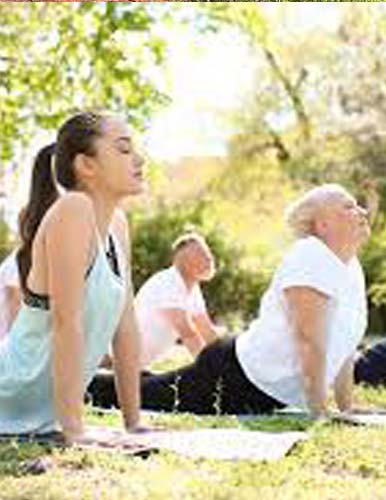
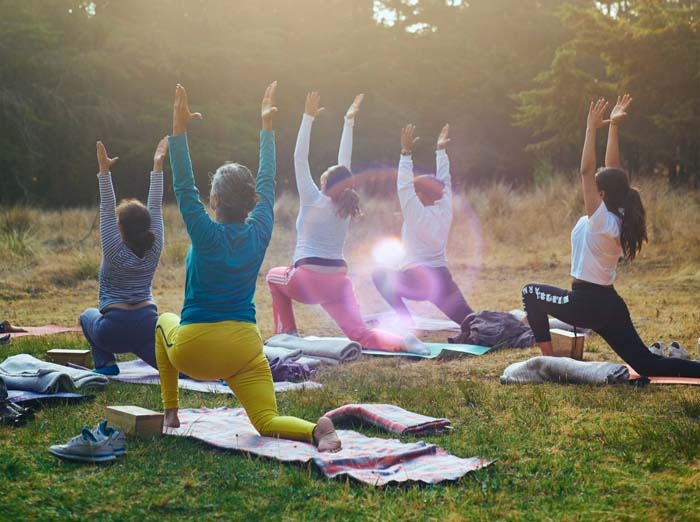
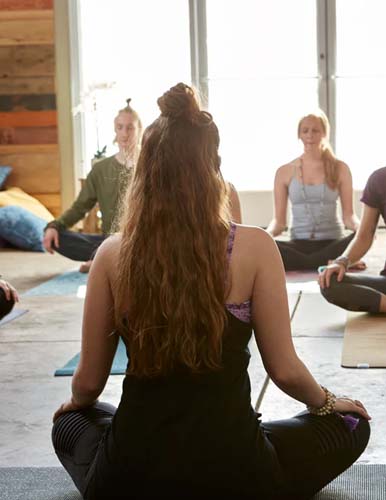
Group classes
Current teaching schedule in Sedona:
- Tuesday mornings at 8:30am at Sedona Hot Yoga (in Sedona)
- Tuesday nights at 6:30pm at Sedona Hot Yoga (in Sedona)
- Friday mornings at 9:00am at Sedona Hot Yoga (in Cottonwood)
- Saturday mornings at 10:30am at Sedona Hot Yoga (in Cottonwood)
Schedule a Group Class
Practicing with a group can be a fun way to hold yourself accountable and have fun at the same time. Students can count on each other to commit to their weekly classes.
Schedule a private group yoga class at a time and place that is convenient for you - a quiet place in your home, a park, your office or outdoor area for example.
Yoga Private & Group Instruction Services
Yoga private - 60 minutes
Yoga private - 75 minutes
Yoga group class - 75 minutes
Yoga group class - 90 minutes
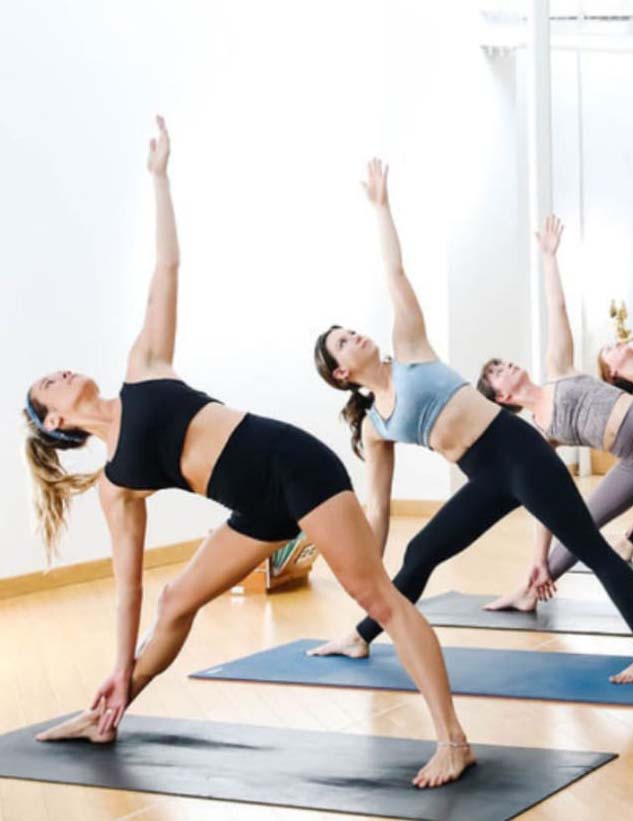
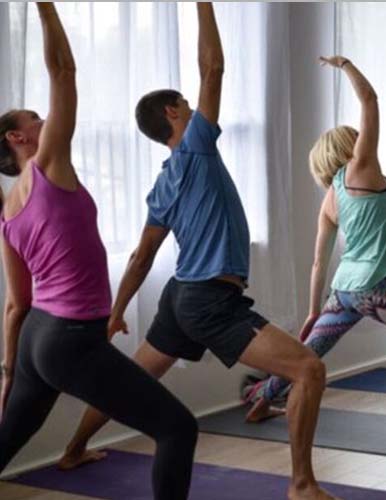
My Background & Philosophy
My Yoga Experiences
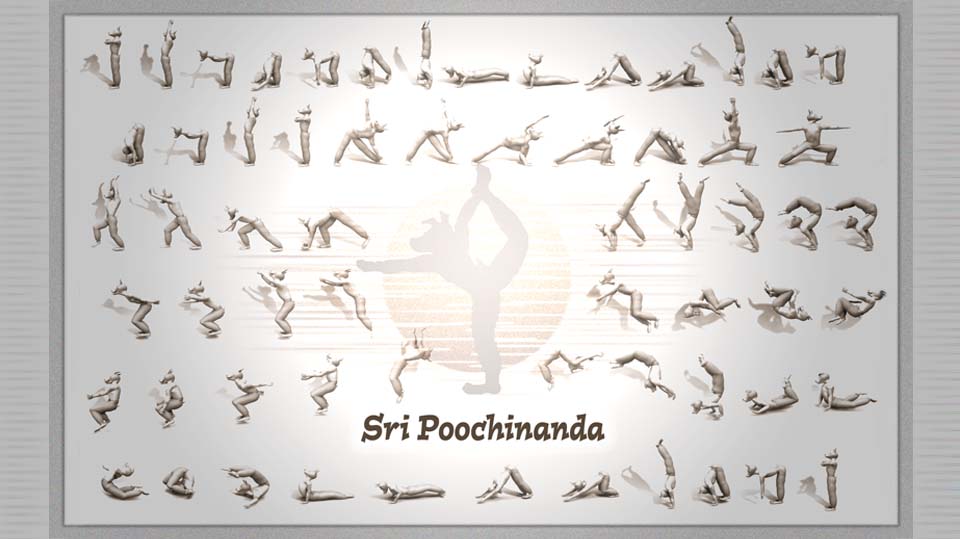
Yoga Disciplines
I first attended a yoga class to alleviate the pain in my back from teaching aerobics and personal training with scoliosis. I had been going to the chiropracter up to 3 times a week to deal with the constant pain in my back. Yoga finally gave me a way to manage the pain so that I could reduce my chiropractic visits (and budget). After a while it occurred to me that I felt much better doing yoga, rather than lifting weights or doing high impact aerobics, so I decided to train to teach yoga.
My yoga training started with Bikram yoga (in my late 20s). After 2 years of studying Bikram, I was introduced to Astanga yoga. For a while I kept up both practices. I went to Bikram every other day and Astanga every other day. I noticed that the poses felt different in the two different disciplines. My poses felt lighter and more on the breath with Astanga. So after a time I discontinued Bikram and studied Astanga, Vinyasa Flow classes, and eventually attended Iyengar trainings as well. The more I branched out, the more I noticed some classes (and teachers) who were clearly in only one discipline would say "you're practicing that pose WRONG". For example, triangle pose would look very different in Bikram vs Astanga vs Iyengar. If I did the Astanga version in Bikram, the teacher would correct me. Then I would go back to Astanga and get corrected again. I started to gravitate to teachers who were more flexible and understood yoga from more of an intrinsic, organic perspective.
My Yoga Philosophy
The Sanskrit root yuj means to “yoke,” “bind,” or “join together”, which also means “union” or “Oneness.” To me, the true purpose and highest value of practicing yoga is to realize the Self, the true essence of our being. That being said, asana is utilized to tire the body (and mind) sufficiently to be able to surrender deeply and realize the connection with our deeper, true Self.
With the original intention of yoga in mind, my favorite class starts with the traditional postures and a focus on good alignment. The practice of yoga is believed to have originated in northern India between 2,500 and 5,000 years ago. The benefits of this practice (done in a traditional way) has been proven over thousands of years. I see some teachers trying to be very innovative with their class and I often come away feeling as if I've missed out on practicing the traditional poses. Often there is a focus on "core" work, which (IMHO) is more of a gym workout for tightening the muscles, and lacks the chakra aligning qualities of the traditional poses. The other thing I see is a lack of attention to good alignment - which usually focuses more on the lower body and leaves out alignment of the upper chakras (using the alignment of the head and neck and also the Drishti or gaze). When we bring our attention to the whole posture (including the head, neck and gaze) we are opening and aligning the upper chakras - opening up to a higher level of consciousness. Attention to the alignment of the poses with detail will help to align the chakras and open the gates to which we can achieve Self-realization.
Pranayama (Breath)
The Sanskrit r and realize the connection with our deeper, true Self.